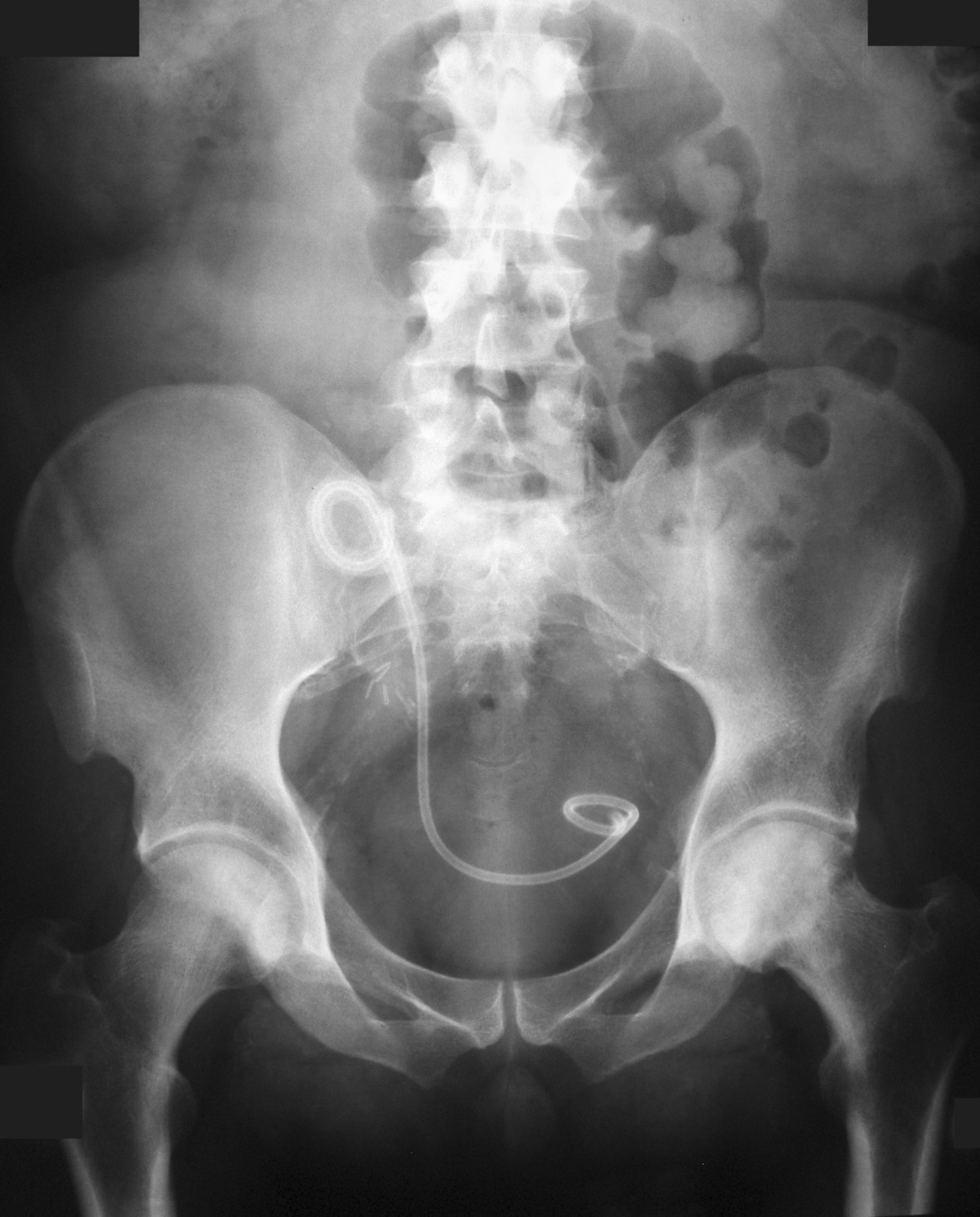2020. 3. 11. 05:05ㆍ카테고리 없음
About this fact sheet This fact sheet has been developed by NSW Health to assist practitioners who conduct waxing to adopt good infection control practices. This will prevent the spread of disease, as well as enable practitioners who conduct waxing meet the requirements of the Public Health Regulation 2012. Procedures that involve skin penetration carry a greater risk of spreading disease because microorganisms (germs) can easily enter the body when the skin barrier is broken. To prevent the spread of disease, practitioners who carry out waxing should adopt the following infection control practices: Premises - registration, construction and materials All premises that carry out skin penetration procedures, including waxing, must be registered with the local council.

Notification forms are available from. The construction of the premises should meet with local council requirements. The finish on all surfaces within the premises should be made of materials that are easily cleaned. Adequate lighting should be provided. Premises must be properly equipped with:. a hand wash basin that has a supply of clean, warm, potable water.
(The hand wash basin should be located in the treatment area). a separate sink that has a supply of clean, warm water for cleaning equipment.

(A cleaning area should be provided and the dirty area should be separated from the clean area). liquid soap (or an alcohol based hand cleaner). single-use towels or an automatic hand dryer. disposable gloves, clean linen and gowns or aprons that are appropriate for the skin procedures carried out at the premises. a waste disposal bin. Equipment. Any equipment at the premises must be in good working order, be thoroughly cleaned and dried after use and be kept in a clean and dry condition.
Towels or other types of linen used for covering or protection during the waxing procedure must be clean at the start of each treatment. Linen should be washed in detergent and hot water.
Hygiene procedures. The premises must be kept in a clean and hygienic condition at all times. Treatment areas such as benches should be cleaned between each client and/or a clean covering placed over the treatment surface. All waste should be bagged appropriately and disposed of daily. To prevent cross contamination, all liquids, and creams must be decanted into single use containers, and a single use applicator must be used for each person undergoing the procedure. If wax is used for hair removal, the wax and any instrument used to apply the wax (such as a spatula) must be immediately disposed after completing the procedure (no double dipping). Personal hygiene.
Waxing Procedure Stevie Zuniga 2017
A clean gown or apron and single use gloves must be worn by the person carrying out the waxing procedure if there is potential for exposure to any human bodily substances during the procedure. Hands should be washed. before and after attending a client. before and after a procedure. after exposure to a body substance. after touching a clients surroundings and.
Waxing Procedure Stevie Zuniga Net Worth
after the removal of gloves. See for additional information on how to wash your hands. If the person carrying out the waxing has a cut or wound, it should be covered with a sealed waterproof bandage.
Other requirements. When waxing the eyebrows, eye pads should be used to protect the eyes.
If warm and hot waxing is used, the operator should test the wax on her/his wrist first. Fees and penalties for non-compliance. Failure to comply with the Public Health Act 2010 and the Public Health Regulation, 2012 can result in the issue of a penalty infringement notice. Penalties range from $110 - $1100 for an individual and $220 - $2200 for a corporation.
Maximum penalties are higher for prosecutions and may include a daily penalty. Administration fees ranging from $250 - $270 are charged if an improvement notice or prohibition order is required to be issued. Reinspection for the premises in relation to a prohibition order incurs a fee to the occupier of the premises of $250 per hour with a minimum charge of half an hour and a maximum charge of 2 hours (excluding time spent travelling). Where to go for further information. In NSW call 1300 066 055 to talk to your local Public Health Unit.